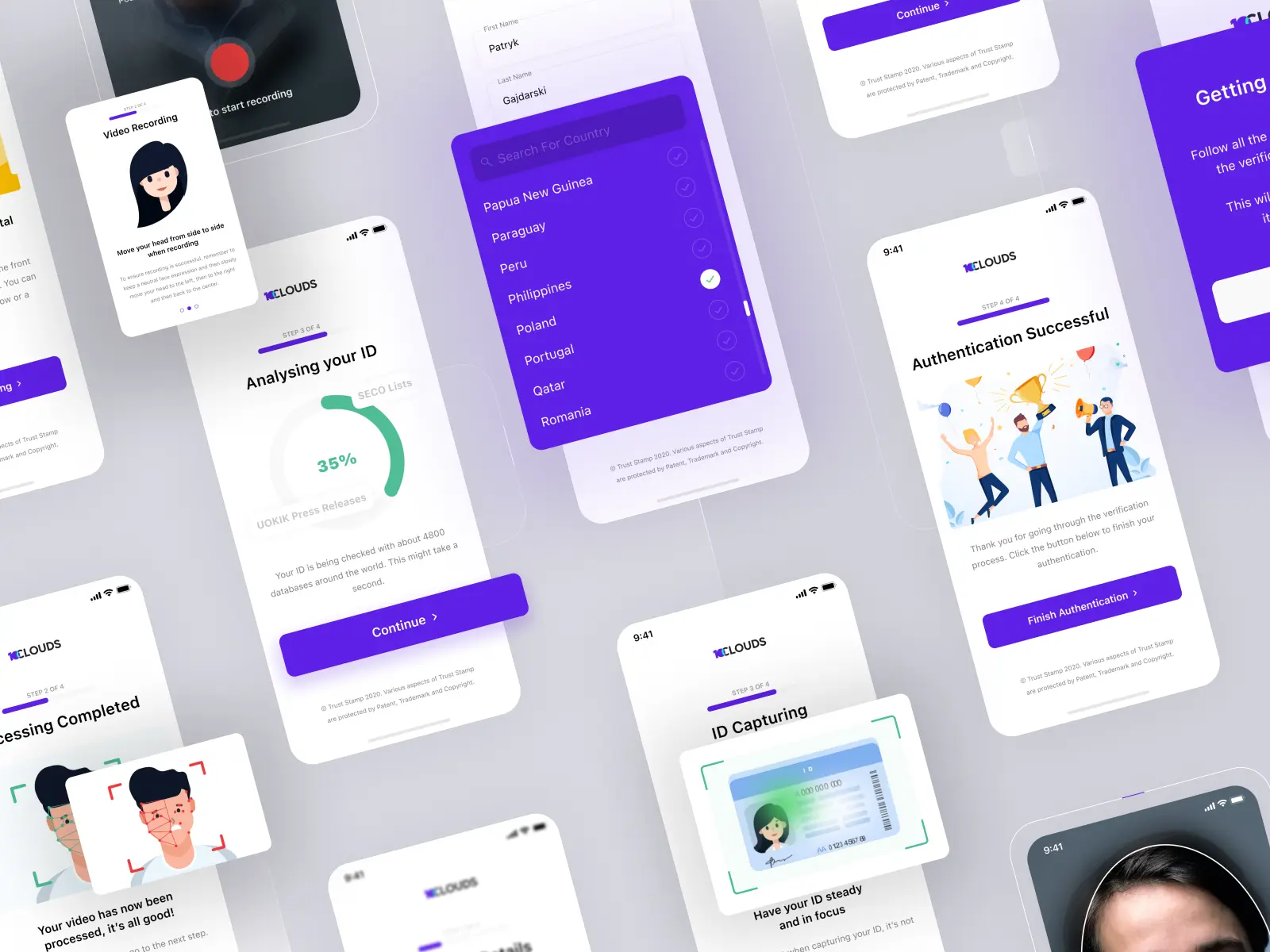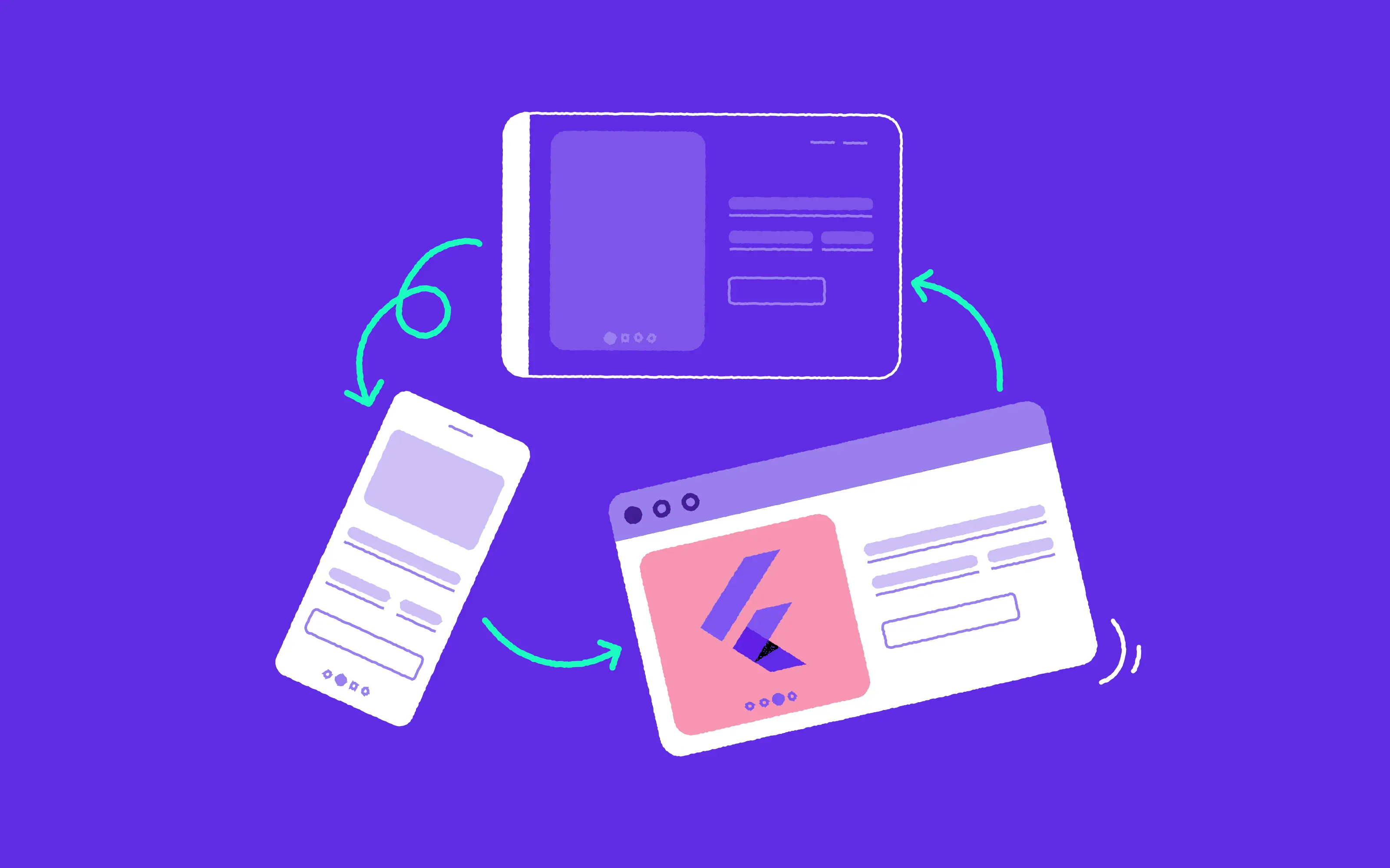
If there is one thing that’s certain about the mobile app market, is that it continues to be on a steady trajectory of growth, which hasn’t even been knocked off course by COVID-19. Over 180 billion apps are downloaded every single year, and the trend is unlikely to slow down. It’s great news for the mobile development sector of course, but trickier if you’re a start-up entering the market with a new app. How do you cut through the noise and make yourself stand out from the competition? And even more importantly, what common pitfalls can you avoid to make sure that you give your app the greatest possible chance of success? We’ll be answering these questions in the below blog post, covering everything from technology choices, through to user experience. We hope you find it useful.
Insufficient user research
It may sound obvious that user research is absolutely essential when launching any app, but you’d be surprised at how many product owners don’t invest enough time into conducting thorough user testing.
They build their digital product, convinced that they’ve spotted a gap in the market that needs filling, but don’t go out to their target audience to actually test their usage in practice.
There are various ways of conducting user research, both qualitative and quantitative, and we would often recommend using a mix of different techniques. It’s important to mark the distinction between listening to users and observing users. Both methods have their place in research, and both will provide you with valuable data. A UX designer can play an integral role in this process, so if you haven’t yet employed one, it’s definitely worth doing so. To read more about user research as part of a broader design sprint, take a look at our recent blog post on this subject.
No clear solution to user problems
The unique offer or service that your app delivers to users is the most important thing about it.
Last year, Forbes published a study in which it found that one of the top reasons for an app not succeeding was the lack of a value proposition.
But what exactly is a value proposition? Here’s where many business owners don’t get it quite right, because they confuse it with one of the following:
- A marketing slogan (Apple: ‘Think different’)
- A positioning statement (Chipotle: ‘Food with integrity’)
- A list of the features and benefits of your app
A value proposition should effectively combine all three of the above.
Low cost over everything else
If you’re a start-up, value for money is everything, and you’re likely tempted to spend as little as possible on developing your app, while at the same time incorporating as many features as you can get for the price. You might even decide that you want to skip the prototyping stage altogether to save costs. This is never a good idea in the long run -
almost every successful app on the market today started simple
- even Instagram began life as a simple photo posting platform, with none of the filters or added functionality that it has today.
Linking back to the previous point, our advice is to start with a basic version of your app, conduct your usability testing, and then go on to build up your offering over time.
Overwhelming your users with information
Your product is your ‘baby’ and it’s natural that you want to tell your users everything about it, so that they will grow to love it just as much as you do. The trouble is that you risk overwhelming them with information. Remember that the apps that are currently most widely used, such as Instagram, Uber, or Whatsapp, are all very simple and intuitive when it comes to user experience.
This another reason, why involving a UX designer in your product process is highly worthwhile in the long-run, and if you want to make your user journeys top notch, this is where a UX writer comes in. If you would like to find out more about the work of a UX writer, you can do so by reading this blog post.
Getting your app ‘perfect’ at the cost of a hugely delayed release
As LinkedIn’s founder Reid Hoffman once said, “If you’re not embarrassed by the first version of your product, you’ve launched too late.”
Quite simply, it’s far better to have an app out in the market that is three quarters of the way to where you want it to be, than to not have anything out at all.
As a product owner, you’re likely tempted to go through multiple iterations in order to get your product exactly right the first time, but remember that there is so much to be learned from getting a first version out there - and the most successful apps have iterated based on user behaviour and experience post launch.
Poor technology choice
You should pick a technology for your project, not the other way around. During our pre sales process, we recommend cross-platform solutions or native development that suits your needs and context best.
It goes without saying that each application is different, as is every technology. React Native works best for services with React.js on front-end and applications with many user input forms. In the case of Flutter, it’s easy to add custom animations or work on a wide range of devices. Native (iOS and Android SDK) solutions shine when we have to use platform-specific system features or applications that involve a high level of multimedia operations.
There are also other factors worth considering. Do you have a budget for two native applications? Will your targeted user group ever use Android (or iOS) at all? Do you want to iterate through solutions quickly to find the market fit?
You can read more about Flutter as a technology for your MVP in this blog post.
Not incorporating sufficient security and privacy into your app
In the current age, security and privacy is of paramount importance when it comes to any digital product, and your users will thank you for thinking about this from the outset. It’s also great from your perspective, as it means that you’re likely to experience fewer problems with data breaches at a later stage.
There are many ways in which you can build these elements into your mobile app creation process from the outset. One commonly-advised method is to add your security team to your Agile process from the outset. When using a development platform such as JIRA, it makes sense to flag development stories as priority or high risk from the very beginning.
More broadly, it makes sense to look at mobile app security considerations as nonfunctional requirements during the earliest stages of app creation, and working them into Sprints from day one, rather than waiting for the testing team to go through the complete product at the very end of the development cycle. For more detail on the importance of testing, take a look at this blog post.
If you’re on a journey towards building a successful mobile application, we hope that you’ve found the above information useful. If you’re at the stage of exploring how best to scale your app, you might also find the below blog post useful: How to successfully scale your web application



